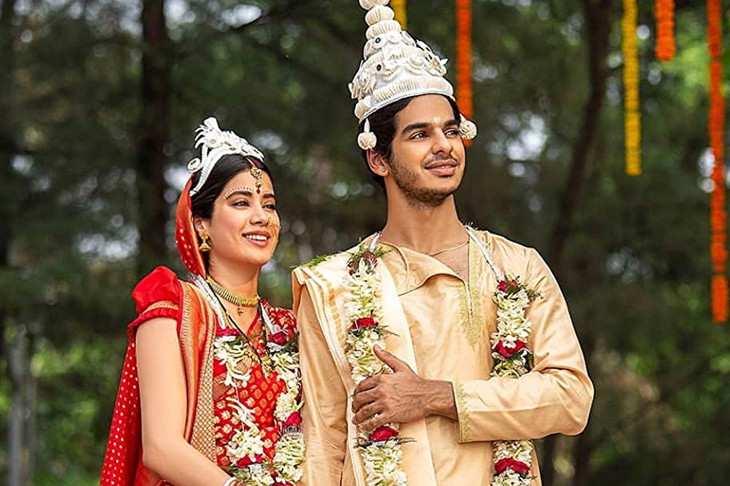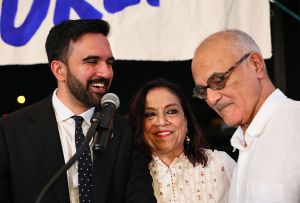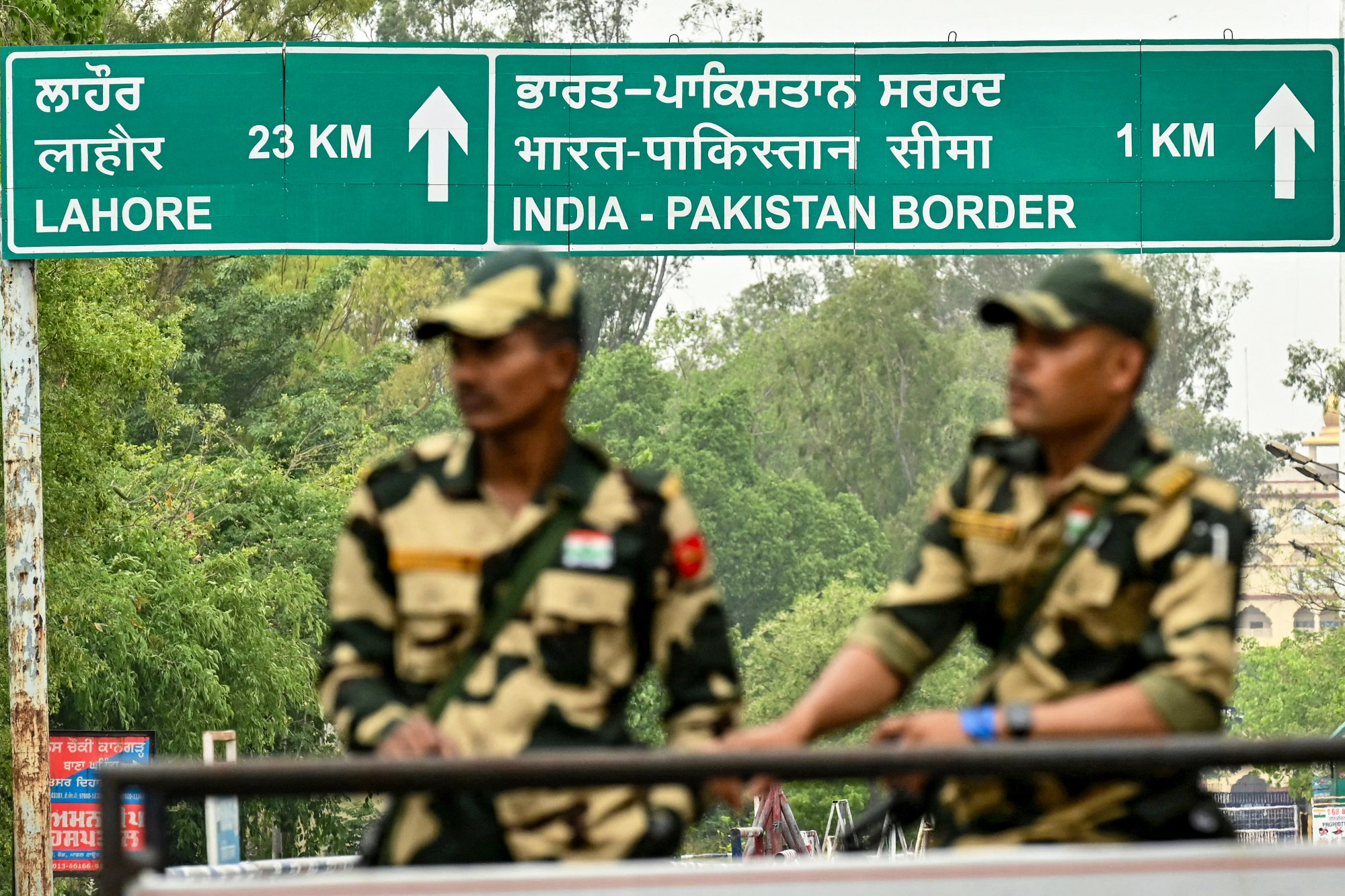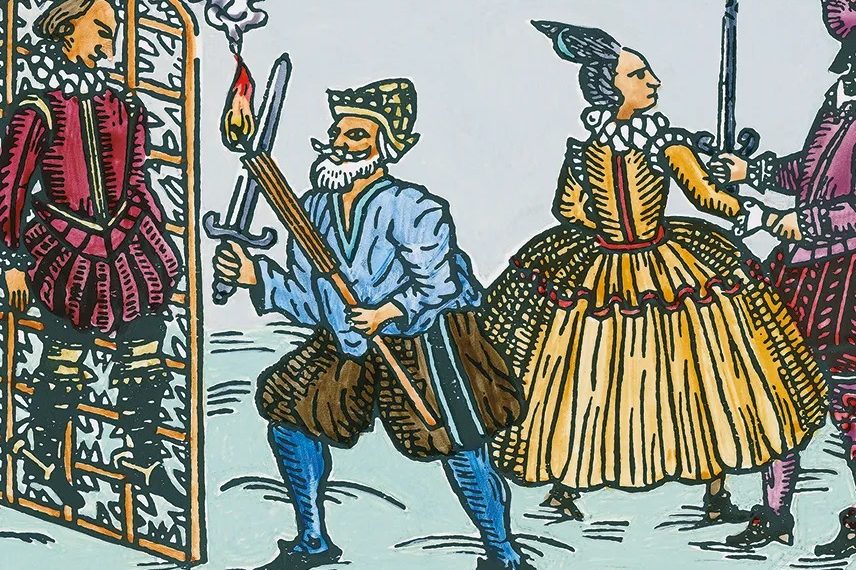Hindi cinema has a deep and abiding love affair with Romeo and Juliet. Shakespeare’s tragedy of star-crossed lovers has been adapted in at least six Bollywood films in the last seven years, from 2012’s Love Rebels (Ishaqzaade) to 2018’s Heartbeat (Dhadak). And audiences like them: A Play of Bullets: Ram-Leela (Goliyon Ki Rasleela Ram-Leela) was India’s fifth highest-grossing film of 2013, and Wild in Love (Sairat) is still the highest-grossing film ever produced in the Marathi language.
What has the Bard to do with Bollywood? And why the much ado about Romeo and Juliet?
Romeo and Juliet, as everyone knows, describes the doomed romance between a boy and a girl who cannot marry peacefully due to the bitter feud between their rival families — the Montagues and the Capulets. Does any of this resonate with modern Indian culture?
Marital and spousal relationships in the Indian subcontinent place a lighter emphasis on love; a sharp contrast to the typical Western relationship. In the 1940s, an Indian study found that just 59 percent of respondents thought that meeting one’s spouse before marriage was likely to contribute to a better relationship. Love is commonly seen as an unreliable guide, and a distraction from the qualities which are believed to make for a fruitful marriage, like obedience and education — or marrying within caste or socioeconomic class, to avoid bringing hardship or dishonor upon a family.
All this is now changing, a fact which may explain the Bard’s unusual Bollywood appeal. A recent study on love-marriages in Western Bengal found that youth was a major attribute of such relationships — just one out of sixteen of the couples studied had children of a high-school age. This indicates a generational shift away from traditional values. Bollywood films appear sympathetic to this mood among their viewers by mocking arranged marriages, exaggerating domestic violence, and featuring impassioned displays of love.
In Love Rebels, the feuding families, the Muslim Qureshis and Hindu Chauhans, are competing in a local election. An unlikely but oddly familiar love develops between a Romeo, Parma Chauhan, and a Juliet, Zoya Qureshi. At first, the movie appears to honor traditional cynicism towards love-marriage. When Zoya falls in love with Parma, it is clear that her passion clouds her perception of Parma’s viciousness, recklessness, and violence. Zoya, believing that Parma’s love for her is sincere, asks that he convert to Islam so they can marry. Parma agrees carelessly and insincerely, but Zoya appears not to notice. After the marriage and consummation, Parma reveals that the ceremony was invalid and that he tricked Zoya into sleeping with him in an attempt to disgrace her family. This is a clear caricature of the standard accusations leveled against the love-marriage in India: emotions lead to credulity and disastrous decisions.
Director Habib Faisal turns the traditional message on its head by changing Shakespeare’s plot. When Zoya attempts to murder Parma, his mother Parvati intercepts her and convinces her that the couple must depend on each other for their own safety. The two subsequently fall in love, genuinely this time, and are married in a legitimate ceremony. The contrast between the second marriage and the first is obvious in many ways. Parma’s often cruel attitude dissolves, and the two make real sacrifices for each other. This resolution presents a clear divergence between the traditional, straw-man idea of love-marriage, and the genuinely transformative power of a true love-marriage.
Leela, the Juliet figure in A Play of Bullets: Ram-Leela, is supposed to enter into an arranged marriage with a British man of Indian descent — an obvious misfit who is weak, cowardly, and intentionally amusing to the audience. Ram, her Romeo, is a muscular, handsome, and popular man from a rival family, and hopelessly in love with Leela. The violence between the two families is disturbing, and more intense than in Shakespeare’s original. When the head of Leela’s household discovers Leela’s wedding ring, she chops off Leela’s finger in revenge. While it is difficult to claim that love conquers all in this story, love is certainly prioritized over family loyalty, even to the Shakespearean doom of both characters. In the final scene, the lovers commit suicide by shooting each other.
These films’ support for love-marriage reflects the ideals of India’s younger generation. But the older generation retains a powerful social presence too. Countless films have been struck down for nudity, profanity, and other offenses against conservative cultural norms. This is another reason why Shakespeare’s play, rather than other tragedies of love, has a unique place in Bollywood. Shakespeare’s global reputation and critical standing partially disarm India’s social conservatism, even though social conservatives reject the messages of these recent adaptations.
A literary phenomenon and a cultural paradox: while the youth of India favor love-marriage plot lines, the Bard’s name and stature placate the critics of romantic liberalization.

























